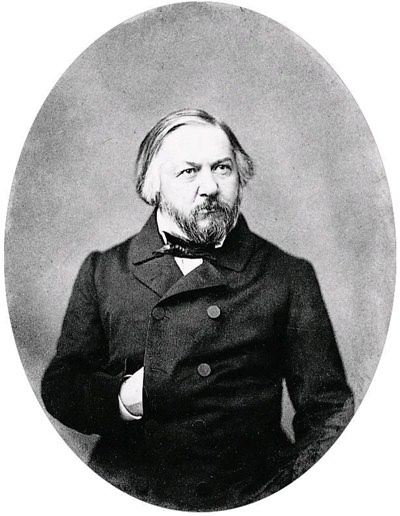
The twentieth century saw a remarkable musical phenomenon: the emergence of the youth orchestra. Three hundred years ago, Vivaldi was employed to direct the youth orchestras at Venice’s Ospedale della Pietà which was not, as you might reasonably suppose, a hospital but a convent, orphanage and music school. Apart from that, the concept of a youth orchestra was pretty well unknown. It was not until the rise of music education in Europe in the late nineteenth century and, in the mid-twentieth century, the increasing opportunities for children to learn musical instruments that the climate developed for youth orchestras to flourish.
If the expression “youth orchestra” suggests a bunch of kids scratching, scraping and honking, forget it. Some of today’s top youth orchestras, such as the San Francisco Symphony Youth Orchestra perform to professional standards. A typical youth orchestra involves members drawn from an entire city, county or state. Many countries have national youth orchestras. There are a few international youth orchestras too, notably the European Union Youth Orchestra and the Asian Youth Orchestra. All these orchestras are fundamentally different from professional orchestras because they exist primarily for education, training and development. Members usually range from pre-teens or teenagers to students in their early twenties.
In the UK, youth orchestras are nearly always funded by local government but in many countries some operate under the auspices of a professional adult orchestra. The conductor of a youth orchestra is always assisted by a team of instrumental specialists. Some youth orchestras meet on a weekly basis but others have courses held during school holidays which allow for extensive sectional rehearsals. The highlight of these courses is invariably a public concert or sometimes an international concert tour.
A recent article in Britain’s The Guardian newspaper estimated that there are nearly two thousand youth orchestras in Britain alone. There are also a handful of national orchestras. The National Youth Orchestra of Great Britain was founded in 1948; The National Children’s Orchestras in 1978 and the National Schools Symphony Orchestra in 1995. The National Youth Orchestra of Wales was founded in 1945 and claims to be the first national youth orchestra in the world and the oldest in Europe. It’s known to Welsh music students as “The Nash” (from “national”, in case you’re wondering) and a good many years ago, as a spotty teenager I was a member of that orchestra myself.
In recent years, the youth orchestra movement has spread world-wide. The Venezuelan Simon Bolivar Youth Orchestra has achieved international recognition and as you probably know, there is a huge surge in musical opportunities in Asia. Both the Guangzhou Symphony Youth Orchestra and the Singapore National Youth Orchestra are affiliated to professional adult orchestras. I first heard the Singapore orchestra about ten years ago in their home city and jolly good they were too.
The Singapore National Youth Orchestra includes members between the ages of ten and twenty-one, drawn from the country’s fifty schools and entry into the orchestra is by means of a rigorous audition process. Here they’re at their best in this work by a composer who is considered the father-figure of Russian classical music. The overture comes from the five-act opera of the same name that Glinka wrote between 1837 and 1842. This thrilling piece is a good orchestral test because it requires advanced instrumental players to cope with the sheer number of notes in the sizzling opening theme. Listen out for the gorgeous lyrical melody first heard on the cellos at 01:03.
Founded in 2011, the members of this fine Chinese orchestra are selected from multiple cities in Guangdong Province. All the rehearsals and coaching sessions are held at a multi-venue facility that’s one of the most advanced in China. The orchestra gives a fine performance of this classic but challenging work.
I remember hearing The Firebird Suite for the first time when I was about thirteen and it was a thrilling experience. It was originally a ballet and the premiere in 1910 was a huge success. The critics were ecstatic and it launched Stravinsky’s career as a professional composer. He later converted the ballet music into three suites in 1911, 1919 and 1945. This is a performance of the 1919 version which is the best-known, but the opening section is extremely quiet and could be well be inaudible unless you have half-decent loudspeakers or headphones. Be prepared for The Big Bang at 09:33 at the start of Infernal dance of King Kashchei. And oh yes, listen out for the horn solo at 17:50 when you’ll hear the noble melody that Stravinsky gradually transforms into the heroic and dramatic finale.
 |
 |
 |





